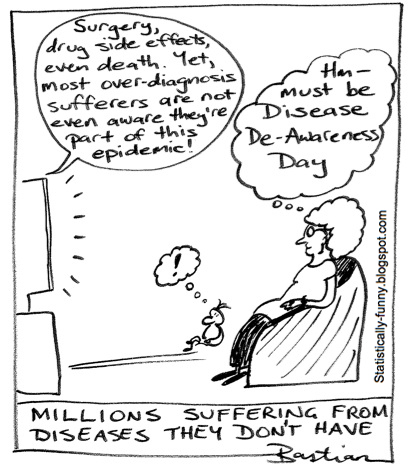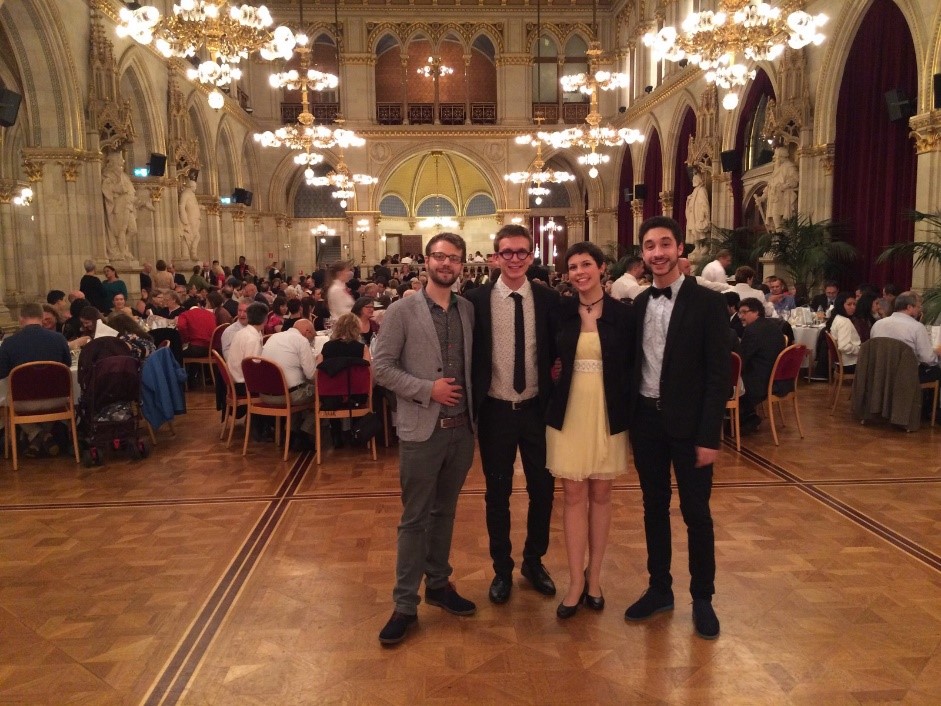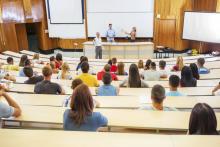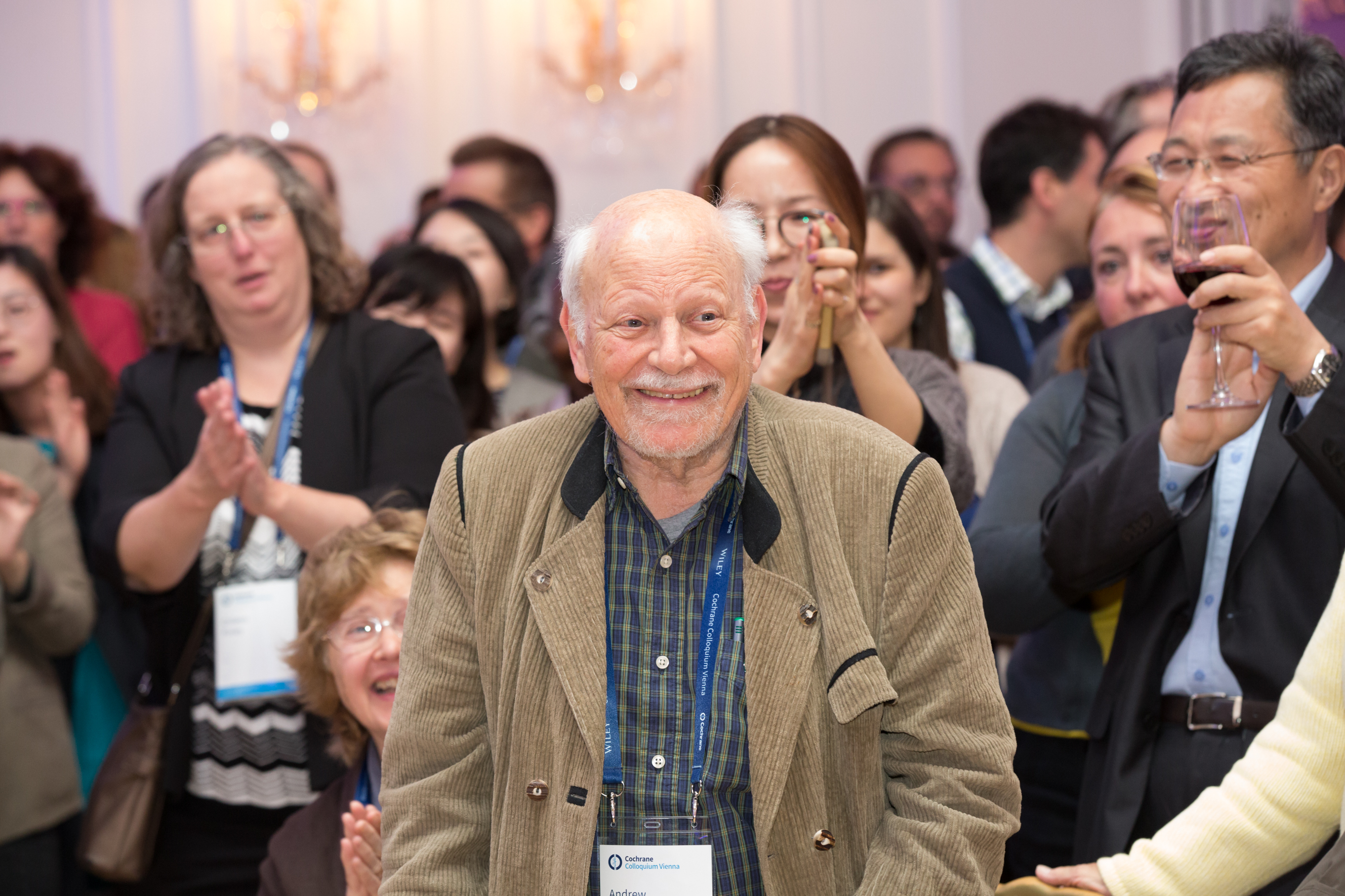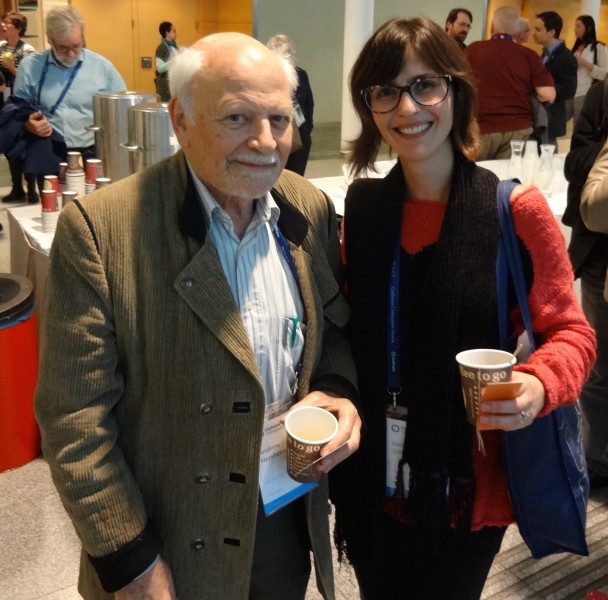Cochrane Reviews: Hard. Important. Fun?


Through interviews and surveys conducted for Production Models, as part of Project Transform, it is clear that the Cochrane Community cares deeply and passionately about how Cochrane Reviews are produced. We care because we want to see it done well, and we want to see it done better. Tari Turner, from Project Transform, tells us more about the significant challenges people are facing in producing reviews and the great ideas people have for how we might improve.
As Toni Morrison said, “All important things are hard.”
Producing Cochrane Reviews is hard work. However, working with Cochrane, doing Cochrane Reviews, is not really just a day job, a path to a pay packet, for any of us. We all believe, to varying extents on different days, that we are participants in, contributors to, members of, a noble, altruistic enterprise. We believe that Cochrane Reviews have the potential to make a difference; that we produce trusted evidence that leads to informed decisions that result in better health; and so we care about the way our reviews are produced. We want to make sure that the hard, important work of Cochrane Reviews is done well.
The Production Models component of Project Transform is built on just this goal, to make sure that we are producing high-quality Cochrane Reviews as efficiently as possible.
It’s been a great privilege to hear from many of you over the last six months about how you are producing Cochrane Reviews. We’ve talked about what’s working, what’s not, and how we might improve the way we produce reviews.
Through interviews and surveys conducted for Production Models, as part of Project Transform, it’s become very clear to me that we care deeply and passionately about how Cochrane Reviews are produced. We care because we want to see it done well, and we want to see it done better.
It’s no surprise that many of us face significant challenges to producing reviews. Challenges with the increasing complexity of methods; with keeping authors on board and the process on track; and with the length of the review process.
You’ve also got great ideas for how we might improve. Many of you are trialling things as I type, and there is a lot to be learnt from what is already underway. There is also potential to pilot some approaches to
- improve clarity of roles and expectations of authors and Cochrane Review Groups;
- ensure continuity and consistency of input throughout the production process;
- actively project manage the review process;
- centralise some aspects of review production;
- break reviews into smaller ‘chunks’;
- improve approaches to capacity building and information sharing about review production.
It’s been great to have this conversation with you, and I’m looking forward to seeing how the conversation moves from here, but all this talking only matters if we can move from conversation to action, make changes to improve our production processes, produce better reviews more efficiently.
It might seem incidental, but another important thing you told me is that we should use this opportunity to review our way of working as a chance to free ourselves up, to “remove the drudgery” and to allow us to “focus on the fun”.
Because it might be hard, important work, but producing Cochrane Reviews can be, and should be fun.
If you’d like to see an overview of the result of the report it’s here; if you’d like to read the detail of the report, it’s available here. If you’d like to add your voice to the conversation, please email me at tari.turner@monash.edu
Tari Turner
Support for Project Transform was provided by Cochrane and the National Health and Medical Research Council of Australia (APP1114605). The contents of the published material are solely the responsibility of the Administering Institution, a Participating Institution or individual authors and do not reflect the views of the NHMRC.







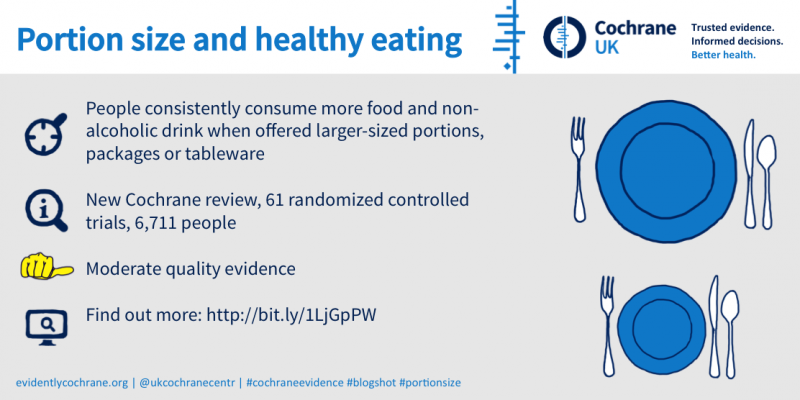
 Something clear and simple, which will allow the title to show up. It's also worth considering the impact images have. It can be hard finding what I consider to be truthful images when selecting from a library of stock images, but worth taking some time over. Choose well and they can get the blogshot noticed and reinforce the written information; get it wrong and they can mislead, annoy or even make people feel judged. It's particularly challenging, and emotive, with subjects like mental health conditions. Searching related terms brings up numerous photos of people tearing at their hair or making exaggerated expressions. I chose the image on the right for a blogshot on panic disorder, which I hoped was both more respectful and more truthful. Please contact
Something clear and simple, which will allow the title to show up. It's also worth considering the impact images have. It can be hard finding what I consider to be truthful images when selecting from a library of stock images, but worth taking some time over. Choose well and they can get the blogshot noticed and reinforce the written information; get it wrong and they can mislead, annoy or even make people feel judged. It's particularly challenging, and emotive, with subjects like mental health conditions. Searching related terms brings up numerous photos of people tearing at their hair or making exaggerated expressions. I chose the image on the right for a blogshot on panic disorder, which I hoped was both more respectful and more truthful. Please contact 

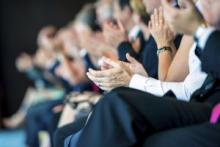
 Just a month before Cochrane’s
Just a month before Cochrane’s 